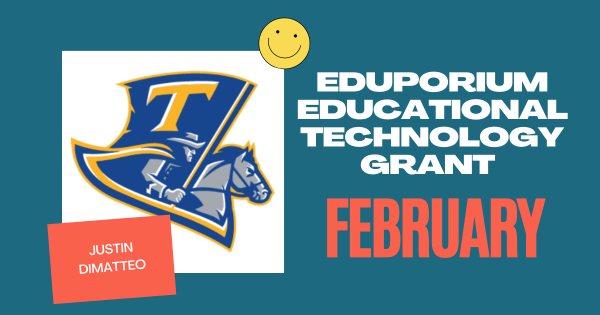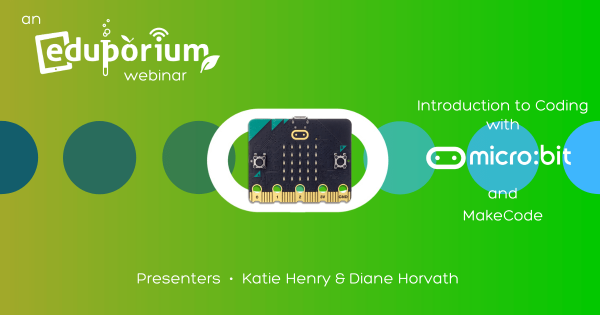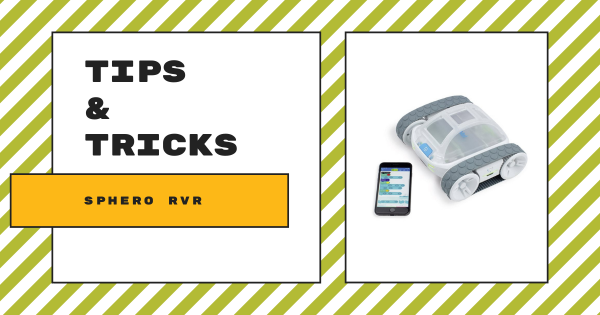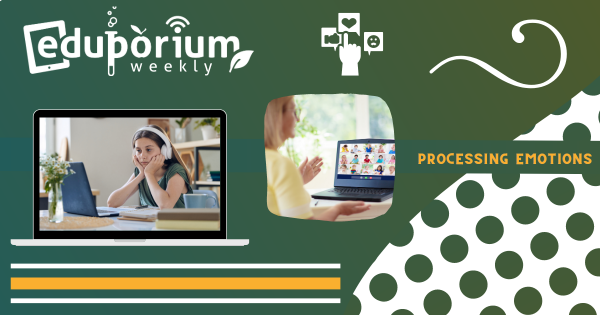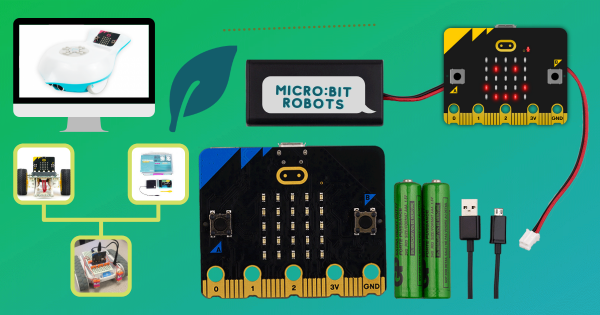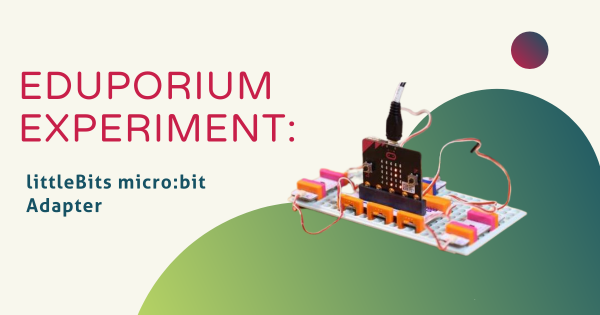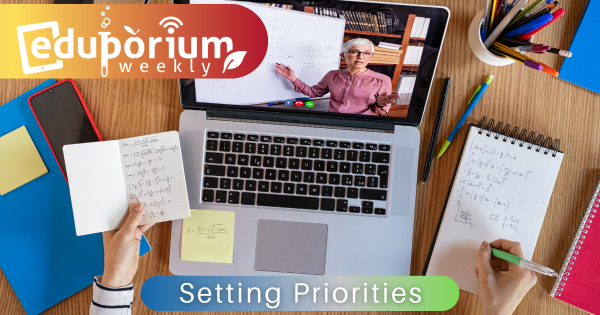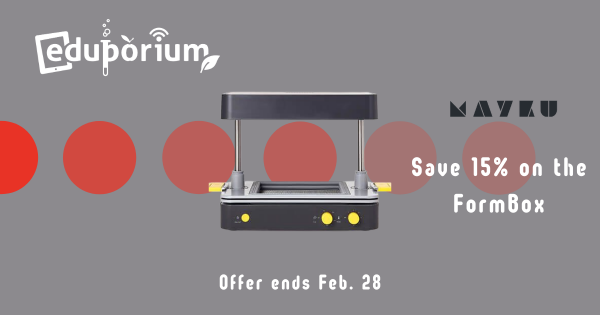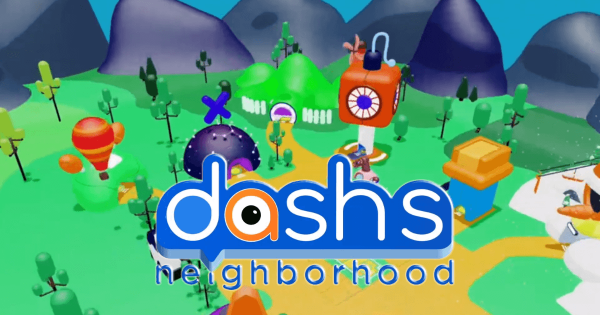For his award, we will be providing Justin and his students with some micro:bit V2 kits to use in their STEAM program. Since the micro:bit’s allow students to complete standalone activities as well as take part in new experiences that are tied to their existing PBL units, they’ll make a great fit as Justin expands CS opportunities for all.
Eduporium Blog
-
Upcoming Webinar: micro:bit and MakeCode in Education
Not only can students use the micro:bit to learn about coding basics using MakeCode, it has a ton of secondary applications in STEM education. Join us on Thursday, March 4 as we team up with our partners from micro:bit to discuss integrating the micro:bit and its new features in remote, hybrid, or in-class education! -
Tips & Tricks | Sphero RVR All-Terrain Robot
One important feature of note is that the RVR is all-terrain. Unlike its spherical predecessors, the RVR is shaped like a car and has treads, torque, and a precision control system to help it tackle the most uneven of surfaces. Besides that, the RVR is compatible with third-party hardware and programmable using the Sphero Edu app! -
Eduporium Weekly | Supporting SEL Remotely
MakerEd tools allow students to connect their heads to their hearts using their hands. And, up until a year ago, so much good was being done in the classroom to advance social and emotional stability in students by using technology in creative ways. Now, however, there are all new reasons to focus on SEL in remote learning. -
STEM and Robotics Kits for Coding with the micro:bit
Whether students are coding with the micro:bit and MakeCode or using it with other STEAM tools, it’s a powerful tool for CS education in any grade. Speaking of its integrations, the micro:bit is compatible with a number of other technologies, allowing students to add exciting elements to various STEM projects! -
Eduporium Experiment | littleBits micro:bit Adapter
For any educator who’s used any of the littleBits tools in the past, their offerings were made that much greater with the addition of the Code Kit. And, with this latest wrinkle thrown into the equation, students now have more ways than ever to design, invent, and code with littleBits! Read on to learn more about the littleBits micro:bit Adapter. -
Mayku FormBox Vacuum Former on Sale All Month
Designed for MakerEd experiences in Grades 3 and up, the Mayku FormBox helps spark creative product design, on-the-fly fixes, and innovative design thinking. Oh, and it’s on sale now through Feb. 28! Keep reading to find out how to access this limited-time deal on a versatile tool for design and maker education. -
EdTech Grant for January Awarded to Jil DeMasi
Jil is committed to providing students with the resources and opportunities they would have access to in a traditional educational setting. She’s chosen to go about facilitating opportunities through the implementation of robotics tools. Jil sees this opportunity as a game changer for her students as she helps them discover hidden talents.



